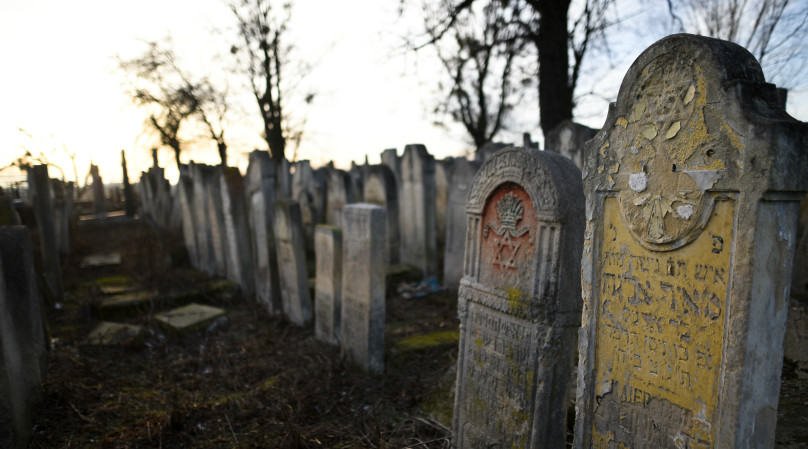Exploring the Living History of Plimoth Patuxet Museums
Drawn by the allure of history, I embarked on a journey to the Plimoth Patuxet Museums, eager to explore the stories of America’s early settlers and their interactions with indigenous peoples. What I discovered was a rich tapestry of courage, cooperation, and survival that left a lasting impression.
A Journey Back in Time
As a former university professor of European history, I have always been fascinated by the stories of early settlers and their interactions with indigenous peoples. My recent visit to the Plimoth Patuxet Museums was an opportunity to delve into the rich tapestry of America’s founding story. The day was perfect, with the crisp autumn air and the vibrant colors of fall foliage setting the stage for an immersive historical experience.
The museum is a living history site, and as I walked through the 17th-Century English Village, I was transported back to 1627. The costumed interpreters, portraying the residents of Colonial Plymouth, were engaging and knowledgeable. They spoke in the dialect of the time, sharing insights into the daily lives, struggles, and triumphs of the Pilgrims. I was particularly intrigued by the discussions on health and disease, which were taken very seriously by the leaders of the settlement. It was a reminder of how far we’ve come in our understanding of medicine and public health.
The relationship between the Pilgrims and the Wampanoag Nation was another highlight of the visit. The Wampanoag Homesite provided a glimpse into the lives of the indigenous people who inhabited the area long before the arrival of the Mayflower. Modern Native people, dressed in traditional attire, shared their culture and the significance of their relationship with the natural world. It was enlightening to learn about the formal agreement between the two groups, promising mutual defense and cooperation.
The Mayflower II and Plimoth Grist Mill
No visit to the Plimoth Patuxet Museums would be complete without exploring the Mayflower II, a full-scale replica of the ship that carried the Pilgrims across the Atlantic. Docked at Plymouth Harbor, the ship is a testament to the bravery and determination of those early settlers. As I climbed aboard, I couldn’t help but marvel at the cramped quarters and the sheer audacity of the journey. The ship’s history, both in 1620 and its presentation as a gift from England in 1957, added layers of depth to the experience.
A short walk from the harbor led me to the Plimoth Grist Mill, a working reconstruction of the original mill built by the Pilgrims in 1636. The mill is a fascinating blend of history, science, and technology, and I was captivated by the exhibits exploring the significance of the herring run to both the Wampanoag and the Pilgrims. The mill’s location in historic downtown Plymouth added to the charm, making it a must-visit for anyone interested in the technological advancements of the time.
Reflections and Recommendations
Reflecting on my visit, I was struck by the depth of history and the stories that unfolded at the Plimoth Patuxet Museums. The experience was both educational and thought-provoking, offering a nuanced perspective on the early interactions between the Pilgrims and the indigenous peoples. It was a reminder of the complexities of history and the importance of understanding multiple viewpoints.
For those planning a visit, I recommend setting aside a full day to explore the various exhibits and engage with the interpreters. Comfortable walking shoes are a must, as the terrain can be uneven, and there’s a fair amount of walking involved. While the museum is suitable for older children, younger ones may find it challenging due to the length of the visit and the nature of the presentations.
In conclusion, the Plimoth Patuxet Museums offer a unique and enriching experience for history enthusiasts and casual visitors alike. It’s a place where the past comes alive, and the stories of courage, cooperation, and survival resonate with visitors of all ages. If you find yourself in the area, I wholeheartedly recommend a visit to this remarkable living history museum.






































